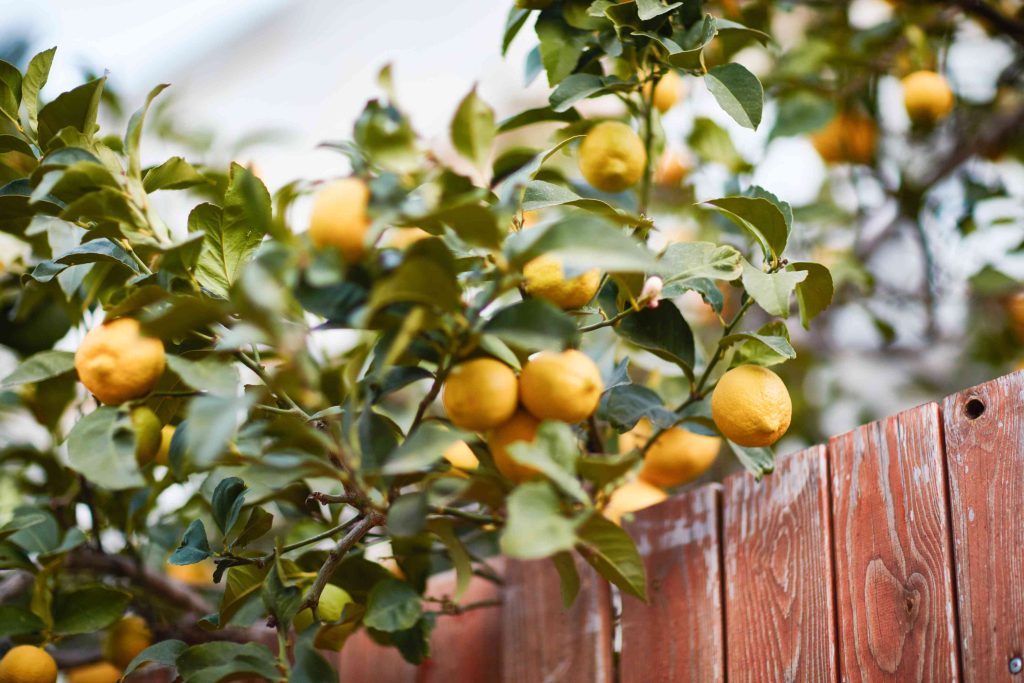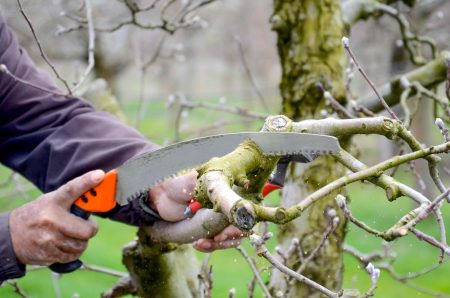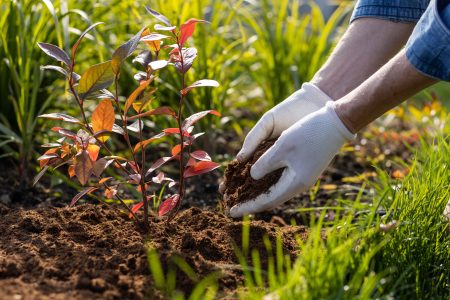Beautiful yards are a double-edged sword because although they add curb appeal, some hanging branches or flowers may creep into neighbors’ yards or tempt curious flower- or fruit-pickers. When plants start to grow over your property line or public property, it can be a huge nuisance. As are pesky pickers. But what can you really do about it?
We talked to some gardening and etiquette experts about what the dos and don’ts of touching neighbors’ plants are; here’s what they had to say.
Meet the Expert
- Jamila Musayeva is a certified etiquette coach, author, and content creator.
- Christy Wilhelmi is a gardening expert and founder of Gardenerd, an online resource for home gardeners.
- Jill and Jan Yuhas are boundaries experts and conflict resolution consultants who have authored a book on the subject.
Is It Ever Appropriate to Touch a Neighbor’s Plants?
Legally, anything that grows into/on/over your property is yours to touch and manage how you see fit as long as you stay on your own property and do not cause the plant any damage. This means any bushes that grow through a fence, tree branches that lean over property lines, or vines that stretch onto your side of physical boundaries are at your discretion. But that doesn’t mean that you should just do whatever you want with it.
“Always talk to them first if your actions affect the appearance or health of their plant,” says etiquette expert Jamila Musayeva. “If you plan to cut something substantial, or if the plant is causing tension, like damaging a fence or shading your lawn, it’s courteous and wise to start a conversation.”
She mentions that gardens can be sentimental for those planting them, and touching someone else’s plants can often feel like crossing more than just a fence. Gardening expert Christy Wilhelmi agrees.
“As someone who just had their hedges butchered by a developer next door without a word of consent or any conversation (and they are dying now because of it), I think it is always good practice to communicate with the homeowner about the plant material in question,” she says. “They may want to prune it themselves, or if not, at least give their approval to have it done by someone else.”
Beyond managing your own yard and the neighbors’ plants that grow into it, there are certain things you should never do in someone else’s yard.
“[Major boundary breaches include] cutting down someone’s tree or bush without permission, picking their flowers, digging up plants, stealing fruit for personal use, allowing pets to roam and damage their garden, or borrowing gardening tools and never returning them,” lists conflict resolution consultant Jan Yuhas.
Want more gardening tips? Sign up for our free gardening newsletter for our best growing tips, troubleshooting hacks, and more!
Tips for Approaching Others’ Plants
Here are some tips our experts provided about approaching neighbors regarding their plants and the plants themselves.
- Don’t pick fruit without asking. “No matter how tempting a ripe apple or fig might look, it is not yours unless you have permission,” Musayeva says. Even if a fruit or flower is in public or your own private property, it’s always more polite to ask to pick it for yourself than assuming you can.
- Check local ordinance. Laws and regulations vary by location, so always be sure to check your local ordinance and HOA before making any drastic moves, Wilhelmi suggests. The last thing you want is to accidentally act in an illegal manner.
- Ask, don’t demand. “Try using open-ended questions to assess the situation, like ‘are you aware your [name of shrub] is starting to grow over into our yard?’ By asking, not demanding, you’re creating a respectful dialogue where both voices are heard [and can] work toward a mutual agreement that feels fair and respectful to both parties,'” Yuhas says.
- Keep to your side, too. Ensure never to trespass into someone’s yard without permission, even if their gate is open, Musayeva emphasizes. Don’t clip flowers, take fruit, or spray chemicals on plants that are not your own.
Read the full article here









